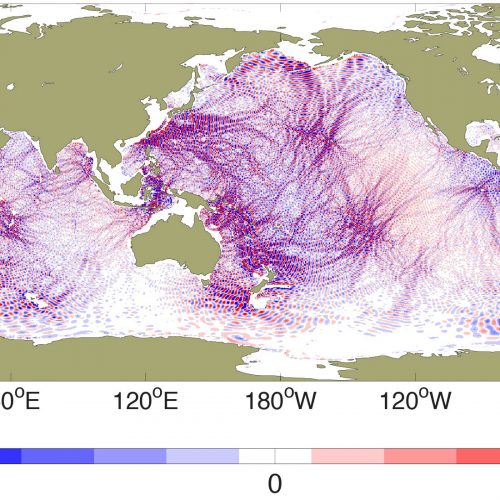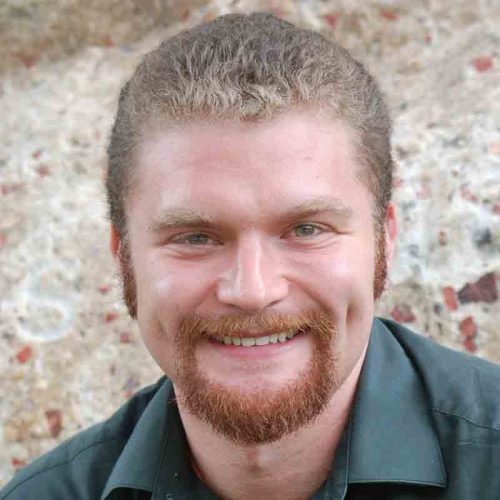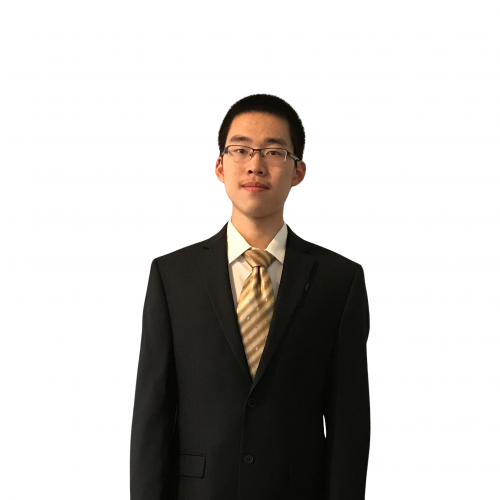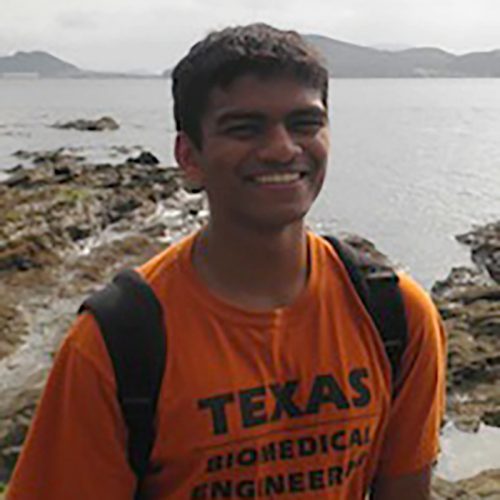Global modeling of past and present barotropic tides
In recent years sea surface elevations in forward global tide models–that is, global tide models that are unconstrained by observations as they run–have become much more accurate. This allows us to examine a number of interesting questions, for instance: 1) do coastal tides have a “back-effect” on open-ocean tides? 2) how would tides respond to changes in sea level, oceanic thermal structure (stratification) or other environmental changes?
In Arbic et al. (2004–Nature; 2008), we published simulations of the ice-age tides. We demonstrated, consistent with results from other groups, that the North Atlantic semidiurnal tides were likely much larger during the ice ages than during the present day. The tides in the Labrador Sea were exceptionally large, and we speculated that this might have been a factor in the Heinrich Event iceberg discharges that originated from the Hudson Strait/Labrador Sea system during the ice ages.
In subsequent papers we further explored the tidal dynamics of the Hudson Strait region. Arbic et al. (2007–GRL) and Cummins et al. (2010) focused on attaining a better understanding of the large tides in this region. In Arbic et al. (2007–GRL; 2009—Atmosphere Ocean) and Arbic and Garrett (2010) we showed that blocking off Hudson Strait strongly impacts the tides of the open North Atlantic Ocean. In the latter two papers, we constructed analytical models to understand and quantify this “back-effect” of coastal tides upon open-ocean tides. The back-effect helps to explain the larger tides of ice ages, during which sea level was 50-130 meters lower than it is today, thus eliminating many present-day areas of large coastal tides.
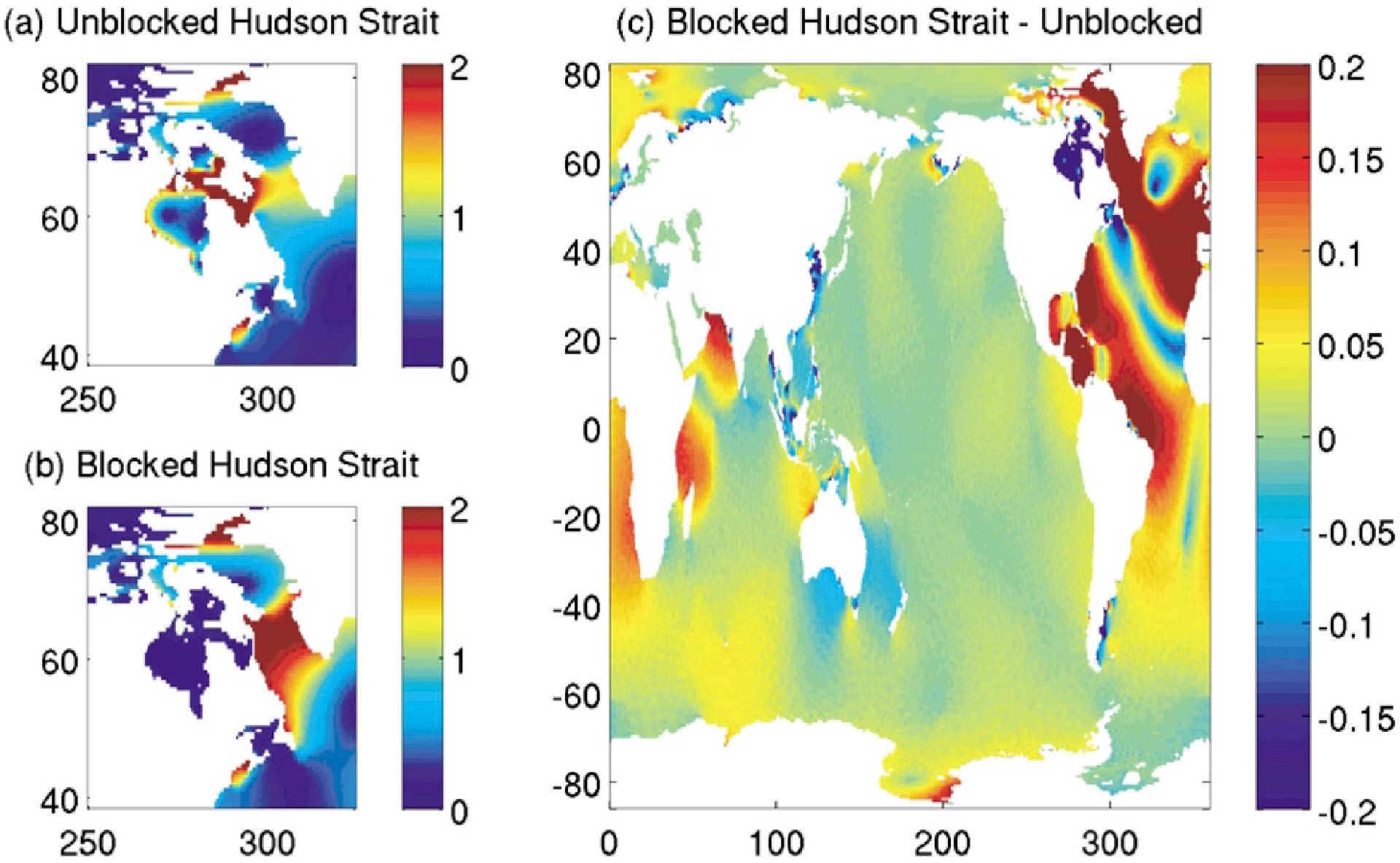
(a) and (b) M_{₂} amplitudes (m) near Hudson Strait in nominal (unblocked) and blocked Hudson Strait experiments. (c) Global map of M_{₂} amplitude differences (m) between the blocked Hudson Strait experiment and the unblocked experiment. From Arbic et al. (2009–Atmosphere-Ocean).
Müller et al. (2011) used the Arbic and Garrett (2010) analytical model to help interpret the response to tides to sea level rise over the past 100 years, which explains some but not all of the tidal changes experienced over this period. Skiba et al. (2013) explored tidal resonances, and the back effect of the shelf upon the open ocean, for diurnal tides. Wetzel et al. (2017; in revision) explores the impacts of temporally varying stratification on barotropic and baroclinic tides.
Stammer et al. (2014), a tidal review paper with many co-authors, examined the accuracy of state-of-the-art data-assimilative models of the global barotropic tides. One section of the paper focused on forward models including the forward model of Arbic et al. (2004—Deep Sea Research II). Another section of the paper focused on the accuracy of modeled tidal currents, rather than elevations. Our HYCOM mutli-layer simulations, simultaneously forced by wind and tides, were employed in the tidal currents section to estimate sampling errors due to sparse vertical coverage in tidal current estimates made from moorings.
In Arbic (2005) we showed that models of the S2 principal solar semidiurnal tide are more accurate when they include the pressure loading of the atmospheric tide alongside the astronomical tidal forcing.


















